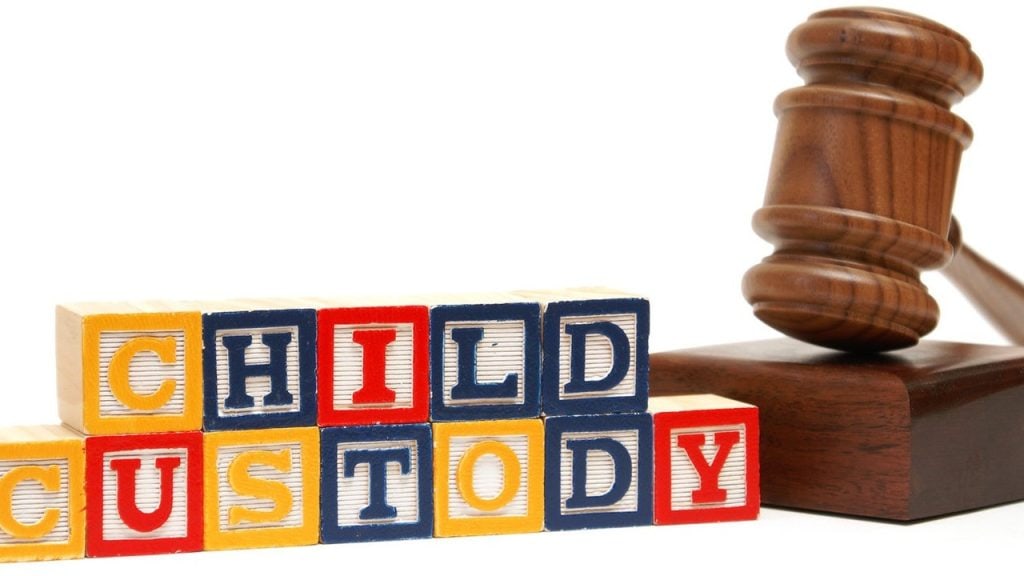Making Joint Custody Work For Your Family

A growing body of research confirms that kids are usually better off with both parents in their lives as joint custody becomes the preferred solution to child rearing after divorce. Familiarizing yourself with the benefits of shared custody and learning these strategies can help you make the best arrangement for your family.
Basic Principles to Keep in Mind
1. Understand the difference between physical and legal custody. Physical custody refers to which parent the child lives with. Legal custody refers to a parent’s right and responsibility to make major decisions that affect their child on issues like education and health care.
2. Appreciate the benefits of joint custody. Shared custody is currently awarded in approximately 20% of divorces and that figure is likely to grow. Kids who spend substantial time with both parents appear to have fewer physical and emotional health issues. Their self-esteem is higher and they do better in school.
3. Put your children’s interests first. Above all, try to minimize the impact of your divorce on your children and facilitate each other’s parenting time. It’s worth putting your own differences aside to give your kids the benefit of two loving parents.
4. Create predictable routines. Kids must adapt to many changes in the aftermath of a divorce. Regular routines for getting to school and celebrating holidays can help them feel more secure.
5. Be flexible. It’s good to iron out all the details you can, but life is full of changes. When you work to accommodate your ex-spouse’s schedule and emergencies, your kids benefit.
6. Let kids be kids. Keep small children out of the decision making process. Most kids are in their early teens before they’re mature enough to handle giving input on sensitive issues like custody arrangements. Avoid asking them to serve as messengers between you and your ex-spouse.
7. Radiate a positive attitude. Your emotional adjustment to your divorce is important to your children’s wellbeing. Speak well of the other parent and offer a positive role model on how to resolve conflicts.
Practical Strategies That Can Help Make Joint Custody Work
1. Draft a parenting plan. Many couples have found professional mediation helpful in putting together a parenting plan. Ensure you put all the important points in writing, stay specific, and keep it updated.
2. Share expenses. The additional expense of maintaining two residences is one of the hardships of divorce. Negotiate how to handle issues like health insurance and tax deductions for dependents.
3. Phase-in parenting time if necessary. If the relationship between your children and one of their parents suffered during the divorce, take a gradual approach to fixing the situation. You might want to work your way up to overnight stays.
4. Support each other’s parenting time. Work together to create a smooth transition for your kids. You may want to take turns providing transportation for the kids to each of your homes. In any case, send the kids off with everything they need from their cough medicine to schoolbooks.
5. Encourage regular communication. Help the other parent stay in touch when the kids are with you. Set up a schedule for calls and emails. Pass along cards and gifts.
6. Plan for special occasions. Holidays and birthdays may require extra measures. Many families alternate years so the kids spend Christmas with their father one year and with their mother the next. Birthdays can be based on whoever has the regular parenting time scheduled that day.
Joint custody can be challenging but it’s gratifying to know that you’re giving your kids a better chance in life. Being close to both parents helps your children to feel loved and mature into healthy and resilient adults.
